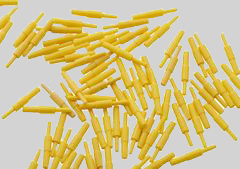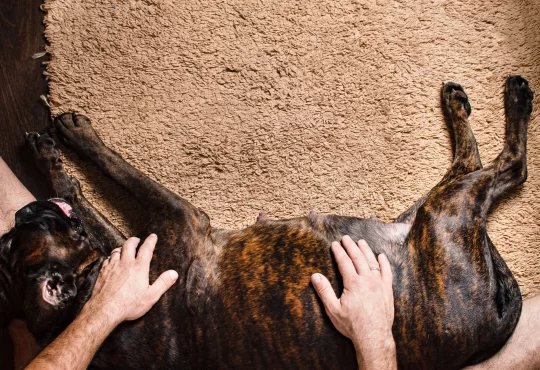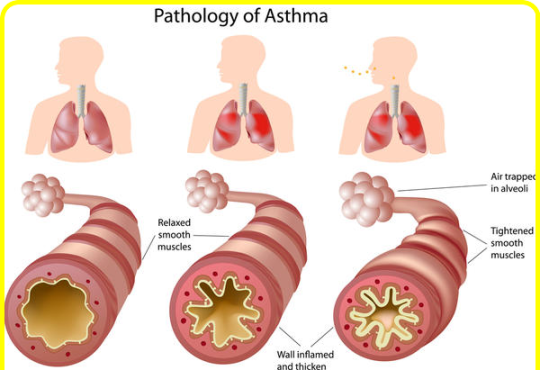
When we often hear about Cryogenic Preservation, we instantly relate it with the Preservation of dead bodies. Some mystical stories also revolve around bringing the frozen bodies back to life. However, in reality, Cryopreservation is more than just freezing the bodies.
Topics Covered in This Guest Post:
Below are the topics at a glance that are covered in this guest post.
- A Brief Introduction to Cryopreservation of Semen
- What Is Sperm Cryogenic Preservation in Animals?
- What Are the Benefits of Sperm Cryopreservation In Animals?
- What Are the Challenges in Semen Cryogenic Preservation?
- What Are the Methods Used in Cryopreservation?
A Brief Introduction to Cryogenic Preservation of Semen
Humans constantly push the envelope to realize the seemingly incredible things in an age of boundless scientific possibilities.
Cryogenic preservation of complete animals and humans or their sperms with the goal of producing healthy offspring or restoring health and resurrection in the future is a prime example of such innovation.
Animals, particularly endangered species, may be cryogenically preserved to avoid extinction. Cryonicists believe that the medical advances needed to start this reversal are currently unlocked and that the declaration of legal death does not imply an irrevocable event.
Cryogenic Preservation of semen is a process to preserve sperm cells and is most commonly carried out in labs for both human and animal couples with infertility.
You might have generally heard of sperm donation centers where the sperm is stored. When it’s to animals, the sperm preservation protocol in different species depends on the sperm’s characteristics and inherent particularities.
This blog will discuss everything you need to know about the Cryogenic Preservation of sperm in animals. So, let us get started.
What Is Sperm Cryogenic Preservation in Animals?
Sperm cryopreservation is a popular approach in animal livestock breeding programs. It is among the trending topics in Zoology and Microbiology that entices young students, as most animal husbandry industries are constantly striving for producing cattle with more healthy genetics.
Scientists are also constantly attempting to enhance and develop healthy species with cross-breeding and sperm insemination experiments. Among all these, sperm Cryopreservation is its primary method.
What Are the Benefits of Sperm Cryogenic Preservation in Animals?
There are numerous benefits of Sperm Cryopreservation in animals, which are listed below:
Produces Healthy Species
The most significant benefit of sperm cryopreservation is producing healthy species. We all know that reproduction is a natural process, and animals choose their partners themselves to mate.
One cannot be sure that the offspring will be healthy and strong. However, if mating occurs between two healthy couples, the progeny will likely be genetically strong and fit.
The biggest challenge is that animals don’t perform as per our whims, and sperm cryopreservation is the most convenient solution. The sperm in the cold storage fertilizes with the female eggs as per the scientific method to produce healthy progeny.
Increases The Population
In many countries, there is a shortage of particular animal species. For instance, there are only a handful of cattle in numerous nations. Adding insult to injury, the population keeps decreasing.
In such a scenario, Cryopreservation of sperm and artificial insemination into the female animal is an ideal option to increase the population.
Generally, the veterinarian identifies a healthy male, preserves his sperm, and inseminates into the female to promote the growth of a healthy population.
Promotes Genetic Diversity
Many research papers indicate that genetic diversity is good for promoting healthy living in animals. For instance, a cross-breed cow can have better immunity and more calving rate.
Promoting genetic diversity is not as easy as falling off a log, and requires picking the most healthy male and female animal. From preserving the sperm to insemination, a veterinarian considers numerous factors.
Scientists and researchers are also constantly striving to rapidly develop methods that promote genetic diversity, and Cryogenic Preservation is paramount to it.
What Are the Challenges in Semen Cryogenic Preservation?
The Semen Cryogenic Preservation process isn’t easy and carries numerous challenges, most importantly, retaining its structural integrity.
Below are some of the challenges that are associated with the animal’s sperm preservation. In most cases, the common reason for cellular damage in cryopreservation is the damage taken by the plasma membrane.
What Are the Methods Used in Cryopreservation?
Four Fundamental Criteria May Be Used to Classify Cryopreservation Procedures, which are as follows.
- Slow freezing
In this process, the cell cools down gradually—at a rate of .3 to .2 degrees Celsius per minute—until it reaches the ultimate storage temperature of -196 degrees Celsius (or around -320 Fahrenheit).
The right temperature is necessary to guarantee that the frozen eggs are safely stored and that all biological activities inside the cell are stopped.
This method is called “slow freezing” since the entire procedure takes a few hours. It is the best way to store multiple microencapsulated cells cryopreserved in modest quantities.
- Vitrification:
Vitrification is the fast cooling of a fluid solution without developing ice crystals. The fluid transforms into an amorphous glass after the embryos are quickly cooled by submerging in liquid nitrogen within a polyethylene (PE) straw.
The glass remains in a highly viscous, supercooled state, but still possesses a liquid’s typical molecular and ionic distributions.
The embryos are not susceptible to the physical harm connected with ice crystal development during freezing, which is distinctive in traditional cryopreservation methods, since the glass is free of any ice crystals. It’s a quick and less costly substitute for conventional freezing.
Comparison Between Vitrification and Slow Freezing
Vitrification occurs so quickly that intracellular ice production is virtually unattainable. As a result, there is no cellular harm to the eggs or embryos.
Compared to slow freezing, vitrification offers an astonishingly high post-thaw survival rate (almost 90%). (only 50 percent).
The IVF outcomes are equivalent to those obtained from cycles using fresh eggs or embryos due to the excellent survival rate of vitrification.
It takes hours to finish the slow freezing procedure, which is quite time-consuming. Vitrification, on the other hand, takes only a few minutes.
Where to Find the Best Products for Cryogenic Preservation of Sperms in Animals?
If you are looking for the best products for cryogenic preservation of sperms in animals, you can visit the website of SPI-MFG. It provides the best apparatus for the cryopreservation of animal sperm and their insemination into the female animal. It is a leading platform trusted by most veterinarians for buying animal reproduction products.
Does it work?
Cryogenic preservation cannot be guaranteed to work, and it’s up to people who want to give it a try.
As per research, cryopreservation is an incredible technology that makes the impossible possible, enabling us to store living cells at ultra-low temperatures. It has several useful applications in daily medicine, including cryopreserving blood cells, sperm, and embryos.
Conclusion:
Cryogenic Preservation of sperm is the process of preserving sperm cells. We all know that reproduction is a natural process and that animals mate with partners they pick for themselves. It is impossible to predict if the offspring will be robust and healthy or not. However, if two strong spouses are mated, the offspring will probably be genetically solid and fit. Thus, producing healthy species of animals is the cryopreservation’s most significant advantage.
Disclaimer: The above information is for educational purposes only and does not promote engaging in any practice of Cryogenic Preservation and Insemination without the supervision of a Veterinary Doctor or any other possessing a pertinent degree that mandates to do so. For any information related to animal reproduction products, please contact visit https://spi-mfg.com/




